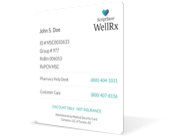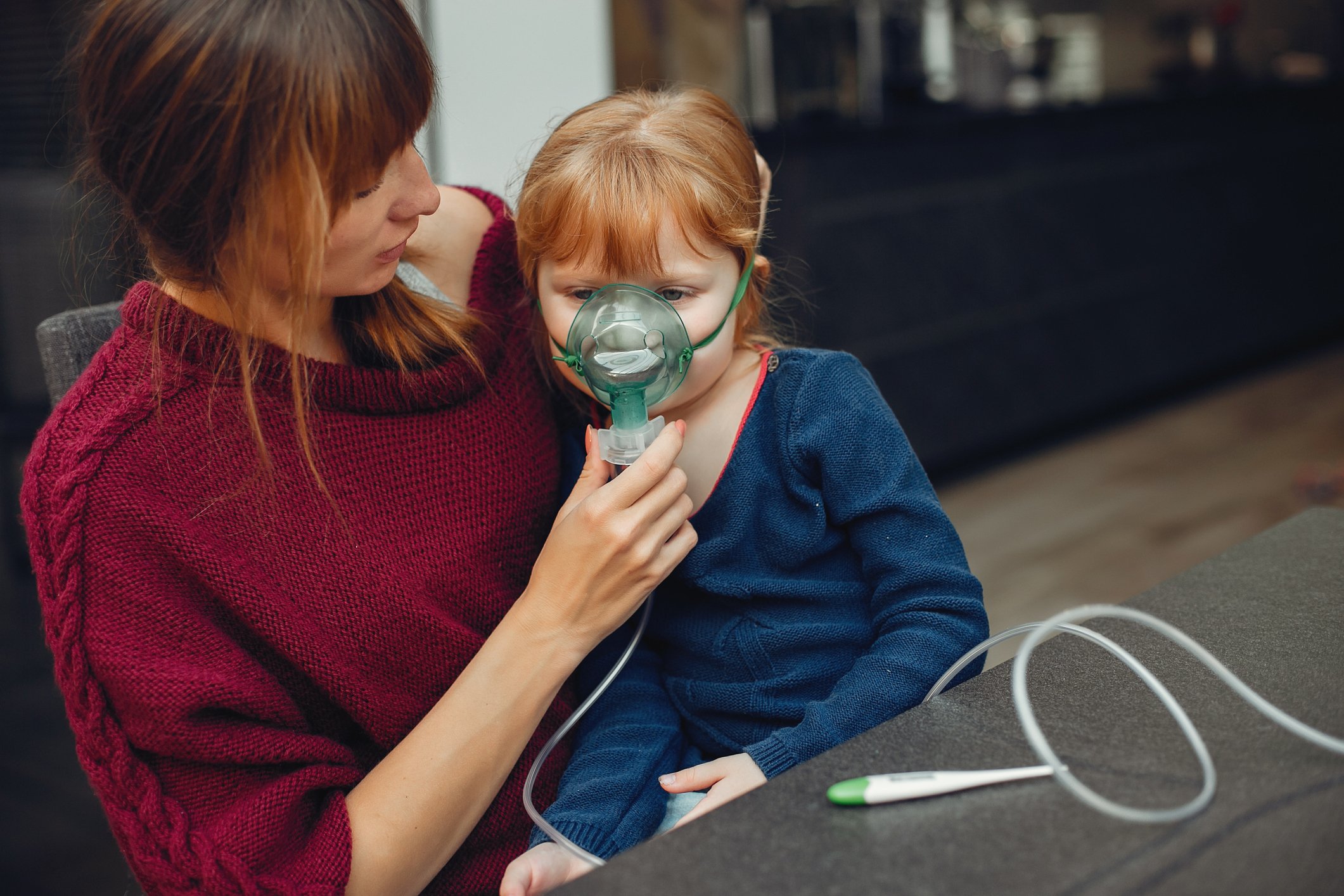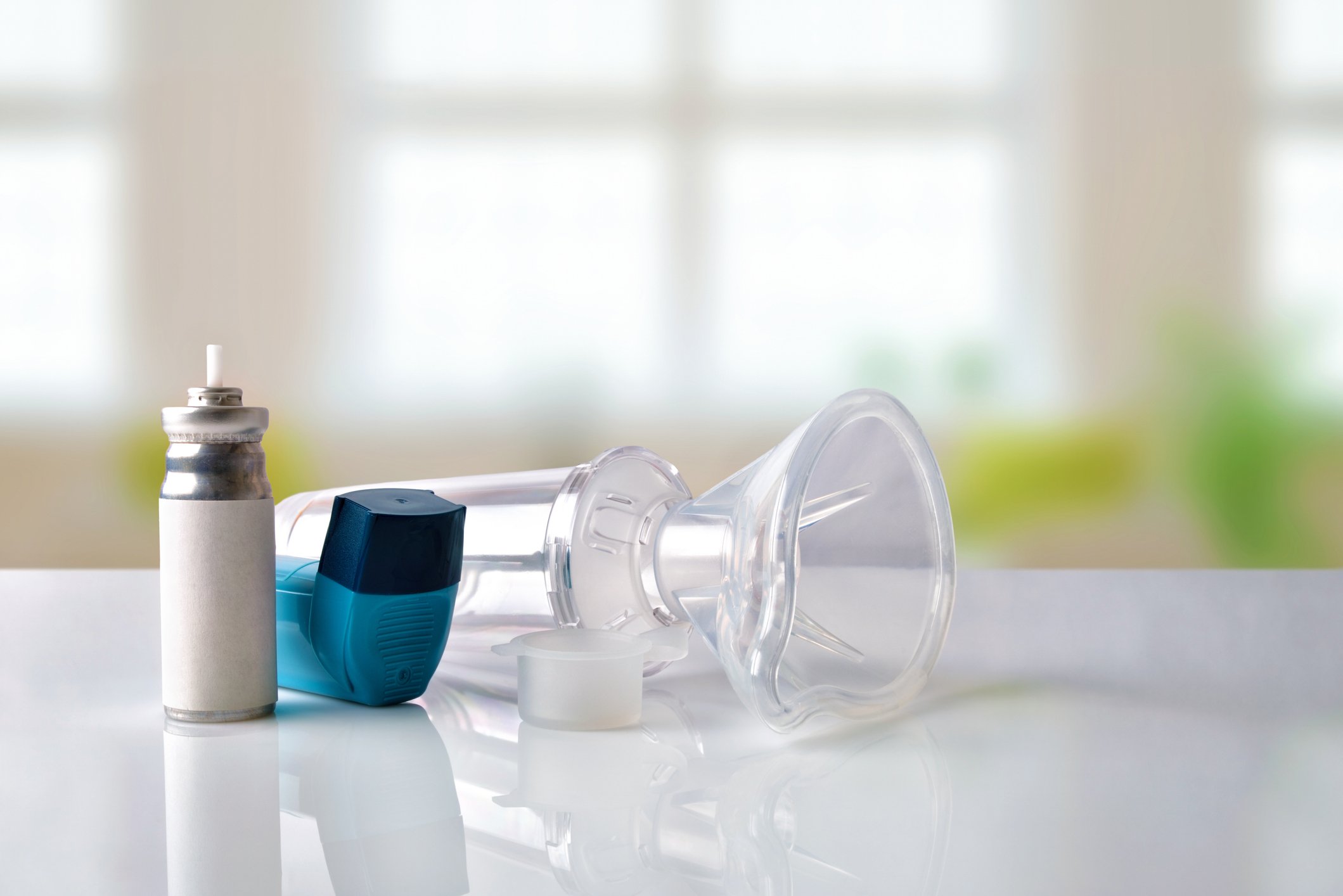Copyright 2025
Medical Security Card Company, LLC
All Rights Reserved
We take the privacy of your personal information seriously. By signing up I agree to WellRx's terms of use and privacy policy.
By Nancy Swezey, BSN, RN, CNOR
July 27, 2020
The history of HIV treatment is one of continuous progress and, for many, a source of hope. Today, an HIV diagnosis is very different from what it was 30, 15, or even 10 years ago. Advancements in medicine and the establishment of HIV as a care specialty have made high quality of life with HIV a reality for many.
Being diagnosed with HIV is still, however, a life-changing and frightening experience. It requires lifelong diligence on the part of anyone with HIV, their partners, and their health care providers. If you are diagnosed with HIV, you may need to change your lifestyle and diet; adhere to consistent, lifelong treatment; and maintain proximity to your providers. Although the progress of HIV testing and treatment is promising, significant work still needs to be done on a global scale. It is estimated that of those infected, 81% are aware of their HIV status, and 67% are utilizing antiretroviral therapy (ART), the recommended treatment.
In the ’80s and early ’90s, an HIV diagnosis had a grim, fatal prognosis. The medical and science communities were baffled by what was then, and to some extent still is, a mysterious disease. In 1996, with the establishment of Highly Active Antiretroviral Therapy (HAART) as the treatment of choice, HIV began to be considered more of a chronic illness. Today, if you have HIV and are on a consistent, supervised treatment plan, you can reasonably expect to have a high quality of life and, in general, a near-normal life expectancy. In fact, most treated HIV-positive individuals today do not die from AIDS-related causes. Even pregnant women can protect their babies from HIV transmission with ART. Furthermore, day-to-day treatment regimens are generally simpler and easier than they used to be.
HIV is a retrovirus, so-named because of the method by which it infects our body’s cells. Hence, the treatment for HIV involves a drug class called antiretroviral therapy, or ART. Most HIV medications include a combination of two to three of the multiple types of ART. ART is a lifelong medication for people with HIV. Side effects and drug interactions are specific to each type of ART, and ARTs are chosen by health care providers in accordance with patient-specific needs and circumstances. The initiation of antiretroviral therapies normally consists of one to three pills per day.
The goals of ART are to suppress the virus, improve quality of life, reduce the risk of transmission, optimize immune function, and conserve future treatment options. The preservation of treatment options requires the avoidance of drug resistance. Resistance can occur when HIV mutates, thus rendering certain medications ineffective against the virus. Mutations can result from a multitude of causes, including inconsistency in treatment. When a virus becomes drug-resistant, the already-limited number of HIV treatment options is reduced.
Pre-exposure prophylaxis (PrEP) is intended to protect people at high risk for HIV, such as those with HIV-positive sexual partners or those who inject drugs. If you are taking PrEP to prevent sexual transmission of HIV, safe sex practices, such as using condoms, are still advised because PrEP does not protect against other sexually transmitted infections.
Prep uses a combination of antiretroviral medications to prevent the virus from creating an enduring infection in a new host. The most widely researched and prescribed PrEP regimen is Truvada, a once-daily pill that combines two HIV medications: emtricitabine and tenofovir disoproxil fumarate. Truvada is safe for most people and generally has minimal side effects, such as abdominal discomfort. If taken as directed, it can prevent transmission reliably and effectively in most cases. If you have kidney, liver, or bone conditions or are pregnant, Truvada may not be appropriate. In these cases, your provider can discuss alternatives with you.
Post-exposure prophylaxis (PEP) is intended to protect you if you’ve been exposed to HIV through sex, injection drug needle-sharing, or occupational exposure, such as that of health care workers. Similar to PrEP, PEP consists of antretroviral therapy or HIV medication. For PEP to work, the sooner it is taken, the better. The latest point at which PEP can be initiated effectively is 72 hours after exposure. PEP consists of a 28-day course of medication either once or twice daily. However, PEP is for emergency situations; it is not an alternative to PrEP. If you are at high risk for frequent exposure to HIV, PreP is a more appropriate option.
HIV treatment is expensive, both from an individual and public health standpoint. For some individuals, the cost may prohibit them from pursuing treatment. Treatment and diagnostic pricing are highly variable, and they depend on insurance and government policies in your geographic area. It can be difficult for providers to navigate these systems and ensure optimal and cost-effective treatment. Fortunately, many ARTs either are or will soon become generic, and thus less expensive. Furthermore, discount prescription cards are available that can offer medication coupons and allow you to compare medication prices among local pharmacies.
Although great strides have been made in the treatment of HIV, work still needs to be done. People with HIV today are still more likely to develop health conditions such as kidney, liver, and heart disease, and cancer. They are also more likely to have age-related illnesses at a younger age than noninfected people. Research for an HIV vaccine has been ongoing since 1984; although it is still underway today, there is reason to hope that it may be available soon. At the 23rd International AIDS Conference in July 2020, the goals of 75% infection reduction by 2025 and 90% by 2030 were discussed at length, and new avenues of finding a vaccine, more effective prevention, and even a cure were explored. New milestones and next steps were announced in the progress of all of these areas, and scientists remain hopeful.
Nancy Swezey, BSN, RN, CNOR is a freelance writer and nurse researcher. She develops and presenting on initiatives in clinical settings, such as general healthcare, sustainability in surgery, and creating clinical teaching modules for nurses through CUNY Hunter in New York. NS also authors a blog on vegan and vegetarian topics. She is also a trained Epic EMR SuperUser.
References:
https://www.wellrx.com/health-conditions/about/health-condition/hiv-and-aids-support/~default/
https://www.cdc.gov/hiv/basics/livingwithhiv/healthy-living.html
https://www.hiv.gov/blog/final-hiv-research-highlights-aids-2020
https://www.uptodate.com/contents/initial-treatment-of-hiv-beyond-the-basics
https://www.uptodate.com/contents/hiv-and-pregnancy-beyond-the-basics
https://aidsinfo.nih.gov/guidelines/htmltables/1/7355
https://www.who.int/hiv/topics/drugresistance/en/
https://www.uptodate.com/contents/administration-of-pre-exposure-prophylaxis-against-hiv-infection
https://www.wellrx.com/TRUVADA/drug-information/
https://www.wellrx.com/health-conditions/about/health-condition/hepatitis/~default/
https://www.wellrx.com/health-conditions/about/health-condition/osteoporosis/~default/
https://www.wellrx.com/health-conditions/pregnancy-and-maternity/
https://www.uptodate.com/contents/patient-evaluation-and-selection-for-hiv-pre-exposure-prophylaxis
https://www.cdc.gov/hiv/basics/pep.html
https://www.uptodate.com/contents/primary-care-of-adults-with-hiv
https://www.niaid.nih.gov/diseases-conditions/hiv-vaccine-research-history

For your convenience, use the ScriptSave® WellRx mobile app. Now savings are well in hand, right at the pharmacy counter. Save on your family's prescription medicines.
Learn More
Your choice. Get a ScriptSave WellRx Savings Card. Or Download the free mobile app from the App Store or Google Play Store
Get A Card
ScriptSave WellRx Grocery Guidance leverages leading-edge nutritional data science to help you know which food products on your grocery store shelf are truly good for YOU.
Healthy Foods For YouTags:

July 30, 2025

July 23, 2025

July 16, 2025
You need to log into the site to use this feature
This feature requires registration. Sign up or log in to your free WellRx account to gain access to this and other tools to help make managing your medications and wellness easier.
Benefits Include:
 Store & manage your medication list
Store & manage your medication list
 Medication pricing updates
Medication pricing updates
 Medication information
Medication information
 Pill & refill reminders
Pill & refill reminders
 Medication journal & mood log
Medication journal & mood log
This feature requires registration. Sign up or log in to your free WellRx account to gain access to this and other tools to help make managing your medications and wellness easier.
Benefits Include:
 Store & manage your medication list
Store & manage your medication list
 Medication pricing updates
Medication pricing updates
 Medication information
Medication information
 Pill & refill reminders
Pill & refill reminders
 Medication journal & mood log
Medication journal & mood log
You will be redirected to your program in 5 seconds.
Our Terms and Conditions and Privacy Policy have recently been updated.
By declining you will be logged out of your account